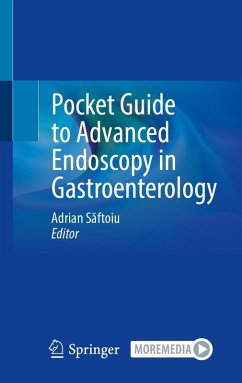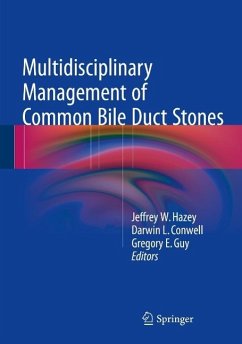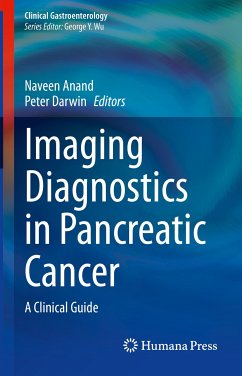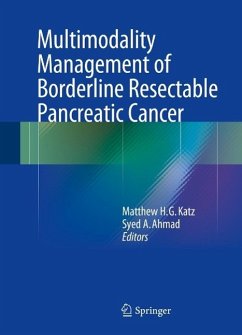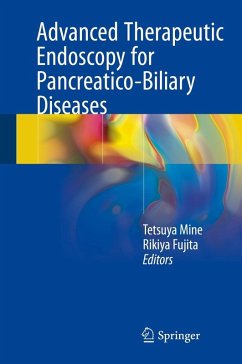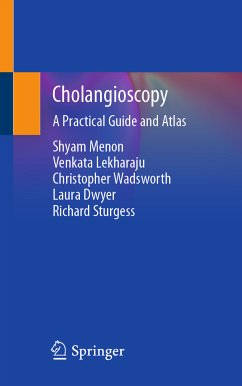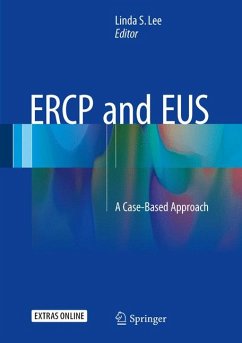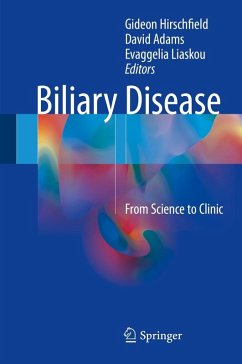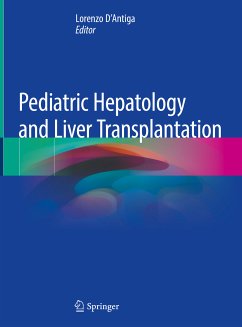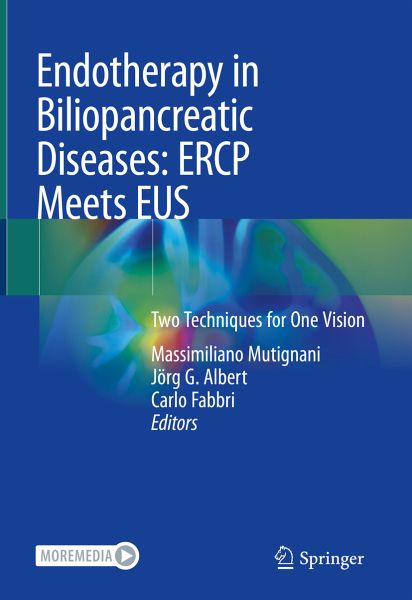
Endotherapy in Biliopancreatic Diseases: ERCP Meets EUS (eBook, PDF)
Two Techniques for One Vision
Redaktion: Mutignani, Massimiliano; Fabbri, Carlo; Albert, Jörg G.

PAYBACK Punkte
40 °P sammeln!
Offers a comprehensive guide, both for trainees and specialized doctors, that sets a new benchmark in the field of digestive endoscopic operative techniques.
Reflects the state of the art as presented by a new generation of experienced European endoscopists and gastroenterologists.
Illustrates a new paradigm based on the latest clinical results and evidence from the field of endoscopic complication management.
Reflects the state of the art as presented by a new generation of experienced European endoscopists and gastroenterologists.
Illustrates a new paradigm based on the latest clinical results and evidence from the field of endoscopic complication management.
Dieser Download kann aus rechtlichen Gründen nur mit Rechnungsadresse in A, B, BG, CY, CZ, D, DK, EW, E, FIN, F, GR, HR, H, IRL, I, LT, L, LR, M, NL, PL, P, R, S, SLO, SK ausgeliefert werden.




